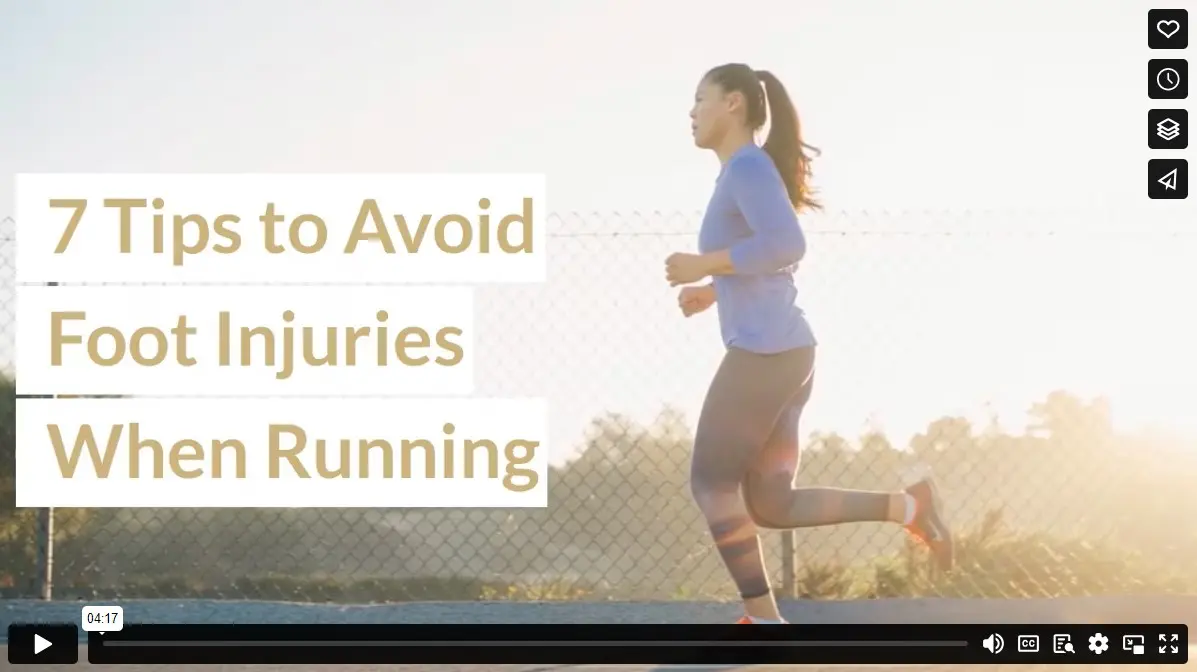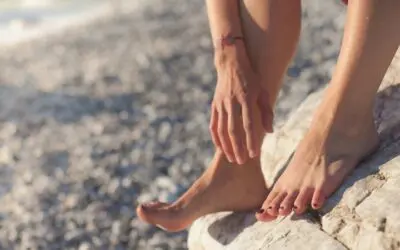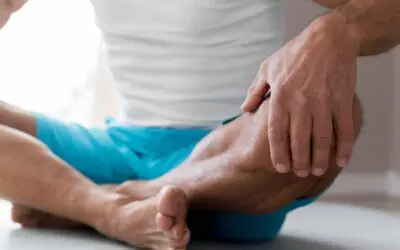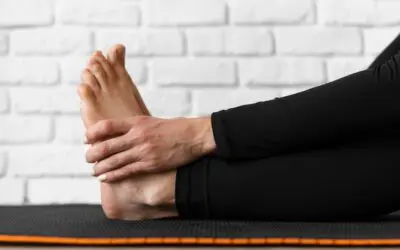Snow, blazing sun, blisters, lost toenails: even given excuses not to run, regular runners do not let anything slow them down. So it’s no surprise that many a runner has run through foot injuries, making them worse.
The best way to help a foot injury is to prevent it from happening in the first place. Here are our top seven tips to keep you racking up your miles injury-free:
1. You Guessed it: Stretch and Warm up.
What type of running injury prevention article would this be if it didn’t start with the benefits of stretching and warming up? There’s a reason every list starts with emphasizing it, though, and that’s because it works. If your body goes from chilling to sprinting a 400-meter race, you’re probably going to hurt yourself. Your muscles are tight.
Think of your muscles like plastic. If plastic is cooled and hardened, when you pull or bend it too much, it is going to break. If plastic is warmed up, it becomes more pliable, flexible, and less likely to snap. Your muscles have similar properties.
Stretching helps get your muscles awake before you exert them. It helps bring blood to the area. Don’t force a stretch. Ease your body into it. You should spend a few minutes before your run stretching and a few minutes after you finish your run stretching again.
Easing your body into movement with stretches is not enough to transition from a stationary position to a run. A short, light jog can help your body prepare for a more intense run.
2. Train Correctly.
If you’ve been averaging three to five miles on your runs, you’re not ready to run a marathon tomorrow. Likewise, if you haven’t been running at all, you’re not ready for a 5K this afternoon. Training takes time and consistency. If you don’t train properly, you are asking for an injury. Your muscles need time to build up to marathon capabilities. You can also help out your muscles by cross-training. Participating in a variety of activities prevents overworking one specific muscle set.
3. Who’s due for new shoes?
If you’ve been running a lot, it’s probably you. Running shoes should be changed every 300 to 500 miles. You may need newer running shoes before that if:
- Your shoes did not start out with a lot of cushions.
- You notice new aches and pains, such as shin splints, with no other explanation.
- You notice any visible wear and tear on your shoes.
- You are a heavier person.
Remember that even the miles you casually walk when you wear your running shoes count toward the total mile life of your shoes.
4. Buy the Right Shoes.
If you’re starting to peruse the internet for running shoe deals after reading #4 and realizing you’re due for new shoes, keep these pointers in mind when shopping:
- Buy the right type of shoe for your feet. Whether your arches are high or low determines the type of shoe that will best support you.
- Buy the right type of shoe for your sport. The movements in different sports are different enough to require different footwear. What your ankles and feet will be doing in basketball is vastly different from the movements involved in running a marathon.
- If possible, be professionally fitted for a running shoe. It’s worth it. Some feet benefit from more support in the heel, some need stronger arch supports, and some need custom orthotics. Learning what is best for your specific foot is priceless.
5. Watch Where You Run.
Uneven surfaces feed on the ankles of runners. Running through gravel, rocky terrain, or ground that is full of roots or holes can be very dangerous for your ankles. Hills can also lead to injuries. Both uphill and downhill can cause stress on your muscles. Training on hills is great, but like any training, you need to build up your strength with it a little bit at a time.
6. Don’t Make the Same Mistake Twice.
If you have already injured your foot or ankle, you are more susceptible to re-injuring the same foot or ankle. If you know you have a weak ankle, take care of it. Wear a brace. Strengthen it. Tape it. Be cautious with it on surfaces where spraining is a possibility. Talk to your podiatrist about what you can do differently this time to avoid your specific injury.
7. Know When to See the Podiatrist.
If you do hurt yourself, there’s a good chance you will be fine to treat your injury with RICE (rest, ice, compression, and elevation). If you can’t walk after an injury, if the swelling doesn’t go down, or if you suspect something might be broken, schedule an appointment with a local podiatrist as soon as possible. The earlier you can meet with a foot doctor, the easier your healing process will be.
If you do find yourself with a foot or ankle injury in St. George or Mesquite areas, stop by our podiatry office for help with your healing. You will be back to running in no time.
Infographic
This infographic presents essential tips for preventing foot injuries while running. Dedication and passion drive runners, but injuries can hinder progress. Our infographic provides valuable insights, including warming up, gradual training, proper shoe maintenance, surface awareness, and knowing when to see the podiatrist. By following these guidelines, you can enjoy your running journey injury-free.

Video




